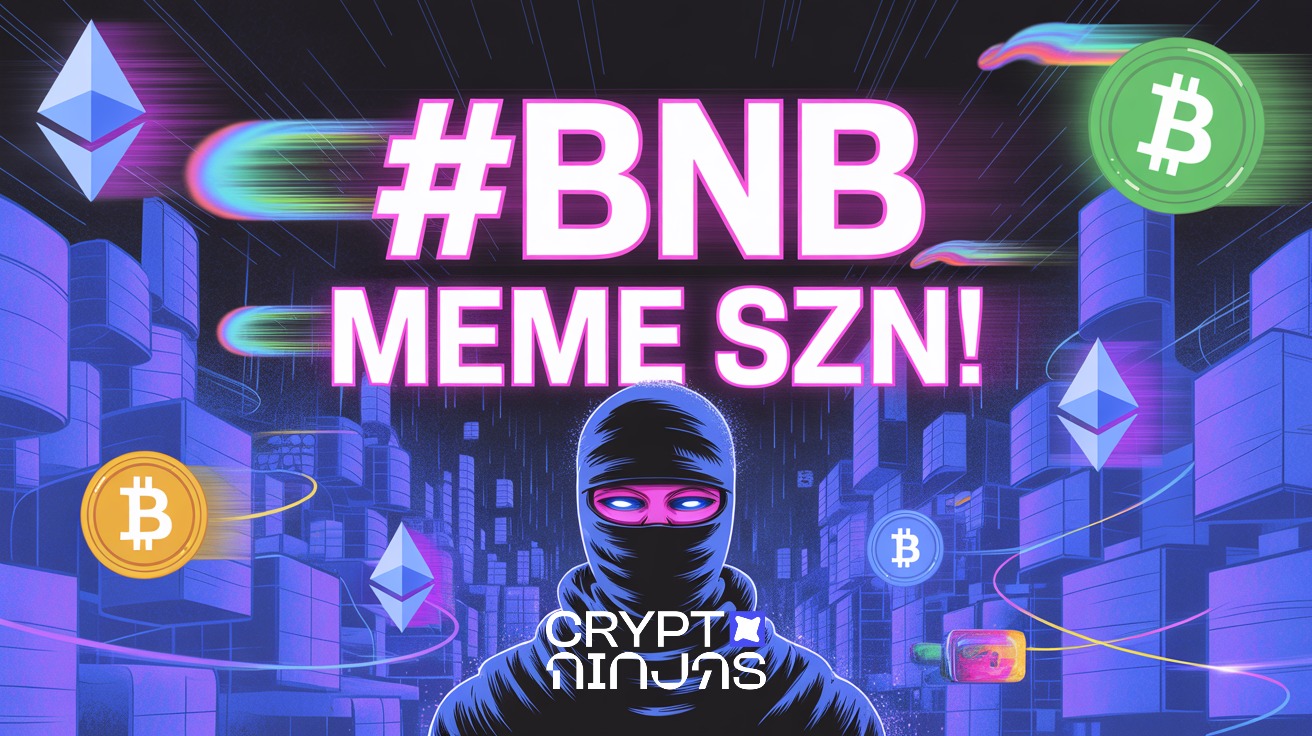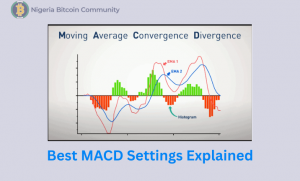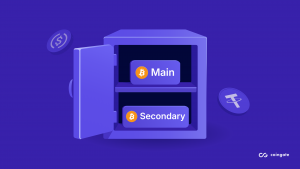The impact of liquidity aggregators on reducing transaction costs in DeFi
 
 
Disclaimer: The below article is sponsored, and the views in it do not represent those of ZyCrypto. Readers should conduct independent research before taking any actions related to the project mentioned in this piece. This article should not be regarded as investment advice.
Moving crypto between different blockchains has always been a headache. Cross-chain transactions have traditionally been expensive, complicated, and sometimes downright risky.
But there’s good news on the horizon. Over the past year or so, we’ve seen the rise of liquidity aggregators that are changing the game. Tools like Jumper Exchange have burst onto the scene, and they’re dramatically reshaping how we think about moving assets across blockchain networks.
Why cross-chain transfers were such a pain
Back in the early days of DeFi (which, let’s be honest, wasn’t that long ago), moving your assets from one chain to another meant jumping through several hoops:
- Converting your tokens to a “bridge-friendly” asset
- Paying gas fees that sometimes cost more than the actual transfer
- Waiting anxiously for minutes or even hours
- Getting hit with slippage when liquidity was thin
- And sometimes ending up with wrapped versions of tokens that needed yet another swap
No wonder many users simply stuck to whatever chain they started on! The mental calculation was simple – the fees weren’t worth it unless you were moving thousands of dollars.
That’s where liquidity aggregators come in handy
So what exactly do these new liquidity aggregators do differently? Think of them as the Skyscanner or Kayak of crypto – instead of checking each airline individually, they scan dozens of routes and options to find you the cheapest, fastest way to your destination.
Some days, going from Fantom FTM to BSC BNB might be cheapest through a direct bridge. Other times, it might actually save you money to hop through an intermediate chain first. These aggregators do all that math in the background so you don’t have to.
The tech that makes it possible
Behind the scenes, there’s some pretty clever tech at work:
- Smart order routing that can split transactions across multiple liquidity sources
- Real-time monitoring of gas prices across every major network
- Integration with dozens of bridges, DEXs, and liquidity pools
- Proprietary algorithms that can predict the most efficient paths
What’s particularly cool is how these systems handle the tricky problem of MEV (Maximal Extractable Value) – those sneaky front-running attacks that can drive up costs. The best aggregators now build in protections against this, saving users money in ways they might not even notice.
Real benefits for real users
The numbers speak for themselves. When moving MATIC from Polygon to Solana, users are typically saving 25-45% compared to the traditional routes. That’s not just pocket change anymore!
Developers seem to be benefiting too. Projects building on newer chains like Base can now attract Ethereum users who want to bring over some ETH without feeling like they’re burning money on gas fees.
What this means for DeFi’s future
The ripple effects of this technology are still playing out, but a few trends seem clear:
First, we’re seeing much more cross-pollination between blockchain ecosystems. Ideas and liquidity that used to be trapped in silos are now flowing more freely.
Second, there’s growing pressure on the more expensive chains and bridges to lower their fees. When users can easily compare the cost of different routes, expensive options quickly lose market share.
Perhaps most interestingly, we’re witnessing the emergence of multi-chain strategies as the new normal. Projects aren’t just launching on a single chain anymore—they’re designing with cross-chain functionality in mind from day one.
The journey toward truly frictionless cross-chain transactions isn’t complete, but we’ve come remarkably far quickly. By tackling one of DeFi’s biggest pain points – the cost and complexity of moving assets between blockchains – liquidity aggregators are helping to build a more connected, accessible crypto ecosystem.
















Post Comment